Introduction
Lemon Tetras (Hyphessobrycon pulchripinnis) are a vibrant and popular choice among aquarists, known for their striking yellow hue and peaceful demeanor. Native to the clear waters of the Amazon Basin, these small schooling fish bring a splash of color and dynamic movement to any freshwater aquarium. This comprehensive guide will cover everything you need to know about Lemon Tetras, including their natural habitat, ideal tank conditions, feeding habits, breeding, and common health issues.
Natural Habitat
Lemon Tetras originate from the slow-moving rivers and tributaries of the Amazon Basin in South America. They thrive in clear waters with dense vegetation, where they can find plenty of hiding spots and food sources. The natural habitat of Lemon Tetras is characterized by:
- Soft, slightly acidic water: pH levels typically range from 5.5 to 7.0.
- Temperatures: Warm water, ranging from 22°C to 28°C (72°F to 82°F).
- Dense Plant Life: Provides cover and breeding grounds.
Understanding these natural conditions is crucial for replicating a comfortable environment in home aquariums.
Physical Appearance
Lemon Tetras are named for their bright yellow coloration, which can range from a pale lemon to a deep golden hue, depending on their health and diet. Key physical features include:
- Body Shape: Small, laterally compressed bodies, typically growing to about 4-5 cm (1.5-2 inches) in length.
-
Fins: Lemon Tetras have distinct fin shapes that differ slightly between males and females.
- Male Fins: Males often have longer and more pointed dorsal and anal fins, which may also exhibit a slight extension beyond the body.
- Female Fins: Females tend to have shorter and more rounded dorsal and anal fins, with a less pronounced extension beyond the body compared to males.
- Eyes: Red irises, which can become more pronounced with good health and optimal conditions.
Tank Setup and Conditions
Creating the perfect environment for Lemon Tetras involves several key factors:
Tank Size
A minimum tank size of 60 liters (15 gallons) is recommended for a small school of Lemon Tetras. These fish are social and thrive in groups of at least six to eight individuals, so providing enough space for them to swim and interact is essential.
Water Parameters
- Temperature: Maintain a stable temperature between 22°C to 28°C (72°F to 82°F). Use a reliable aquarium heater and thermometer to ensure consistency.
- pH Level: The ideal pH range is 5.5 to 7.0, mimicking their natural slightly acidic waters.
- Water Hardness: Soft to moderately hard water, ranging from 2 to 10 dGH.
Filtration and Aeration
Effective filtration is crucial for maintaining water quality, while gentle aeration ensures adequate oxygen levels. Consider using a sponge filter or a low-flow canister filter to provide gentle water movement, as Lemon Tetras prefer calmer waters.

Substrate and Decor
A dark, sandy substrate helps to mimic the natural riverbeds of the Amazon. Incorporate plenty of live plants such as Java Fern, Amazon Swords, and Anubias to provide hiding spots and create a natural environment. Driftwood and leaf litter can also help to soften the water and add tannins, which are beneficial for these tetras.
Feeding
Lemon Tetras are omnivorous and require a varied diet to maintain their vibrant coloration and overall health. Offer a combination of high-quality commercial foods and occasional treats, including:
- Flake and Pellet Foods: Choose high-quality, color-enhancing flake foods or micro pellets formulated for tetras.
- Live and Frozen Foods: Brine shrimp, daphnia, and bloodworms provide essential protein and enrichment.
- Vegetable Matter: Blanched spinach, peas, and spirulina-based foods can be offered occasionally to ensure a balanced diet.
Feed them small amounts multiple times a day, ensuring they consume all food within a few minutes to avoid overfeeding and water quality issues.
Breeding
Breeding Lemon Tetras can be a rewarding experience, though it requires specific conditions:
Sexual Dimorphism
Identifying males and females is crucial for successful breeding. Here are the key differences:
- Males: More vibrant coloration and slimmer bodies. Males also tend to display more extended fins with brighter colors during breeding displays.
- Females: Plumper, especially when gravid (carrying eggs). Females have shorter and more rounded fins compared to males.
Breeding Tank Setup
Set up a separate breeding tank with the following conditions:
- Soft, acidic water: pH around 6.0 to 6.5.
- Temperature: Slightly warmer, around 26°C to 28°C (79°F to 82°F).
- Substrate: Use a fine mesh or marbles to protect the eggs from being eaten by the adults.
- Plants: Include fine-leaved plants like Java Moss to provide cover for the eggs.
Spawning Process
Condition the breeding pair with high-quality live and frozen foods. When ready, the female will scatter eggs among the plants, and the male will fertilize them. After spawning, remove the adults to prevent them from eating the eggs. The eggs will hatch in about 24-36 hours, and the fry will become free-swimming after 3-4 days. Feed the fry with infusoria or liquid fry food until they are large enough to accept crushed flakes or baby brine shrimp.
Common Health Issues
Maintaining pristine water quality and a balanced diet is crucial to prevent common health issues such as:
- Ich (White Spot Disease): Treat with temperature increase and ich medication.
- Fin Rot: Caused by poor water quality; treat with improved water conditions and antibacterial medications.
- Nutritional Deficiencies: Ensure a varied diet to prevent deficiencies that can lead to dull coloration and poor health.
Regular water changes, proper filtration, and monitoring water parameters will help keep your Lemon Tetras healthy and vibrant.
Conclusion
Lemon Tetras are a stunning and lively addition to any freshwater aquarium. By understanding their natural habitat, ideal tank conditions, feeding habits, and breeding requirements, you can ensure these beautiful fish thrive and bring vibrant life to your aquatic world. Whether you’re a seasoned aquarist or a beginner, Lemon Tetras offer an enriching and visually rewarding experience.

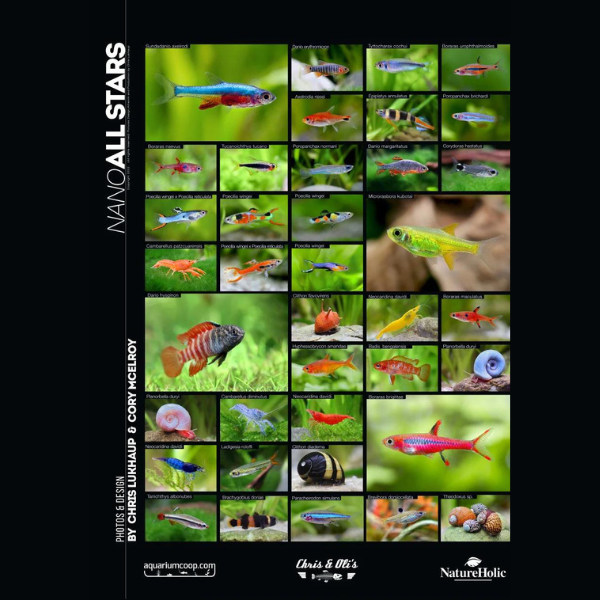
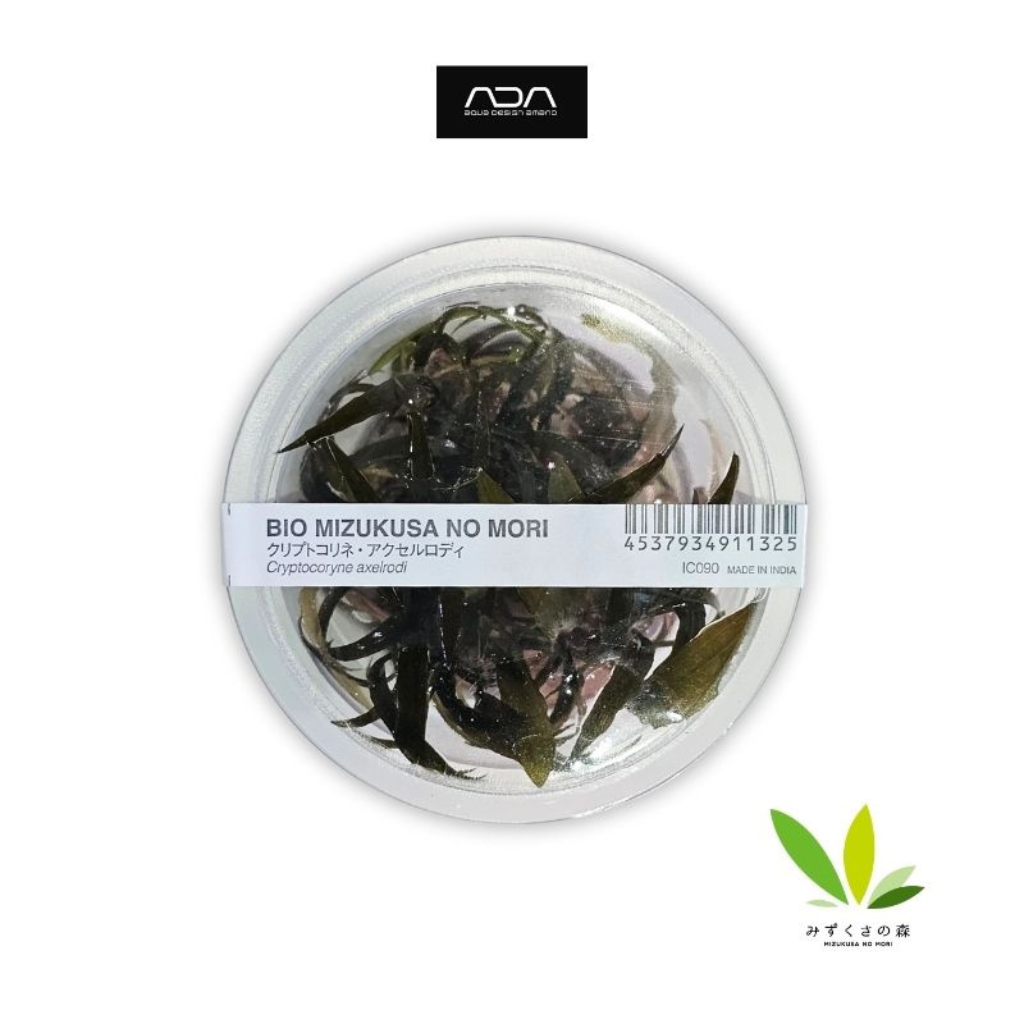
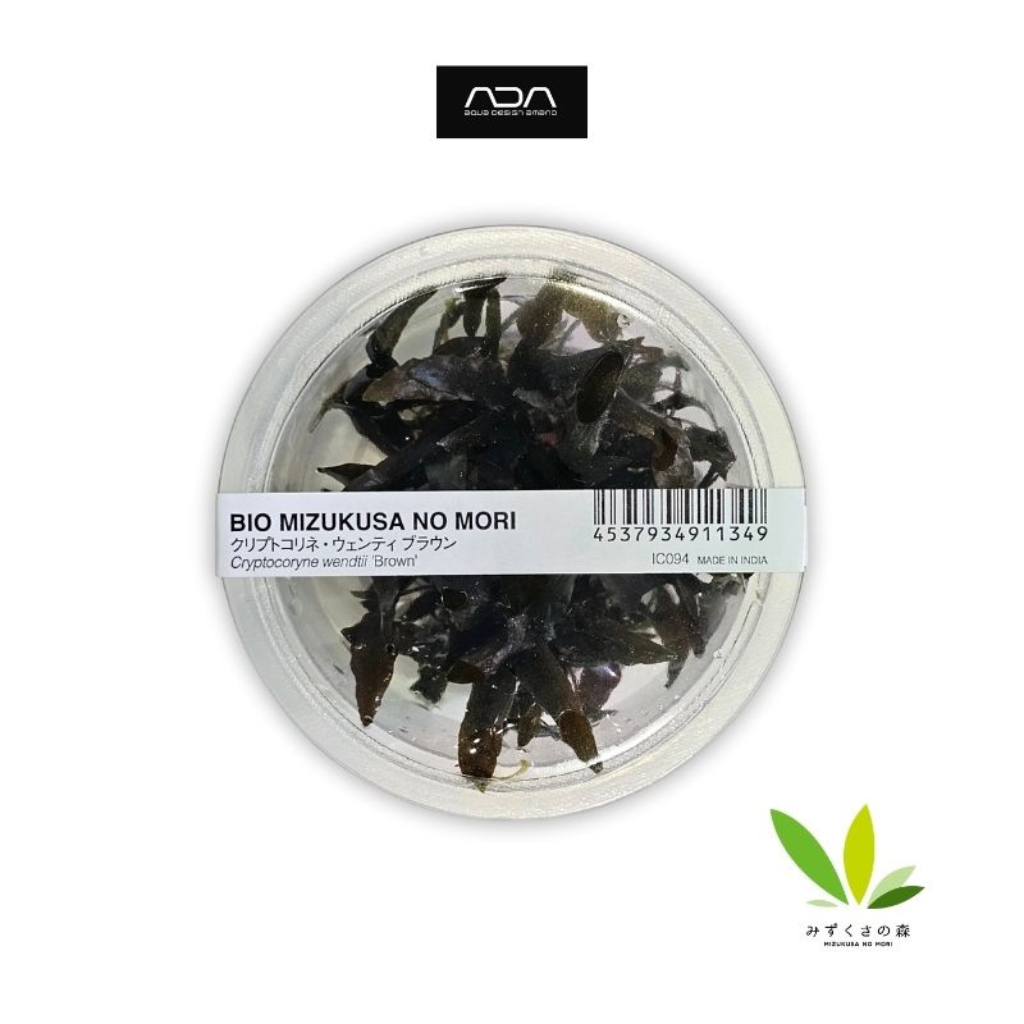
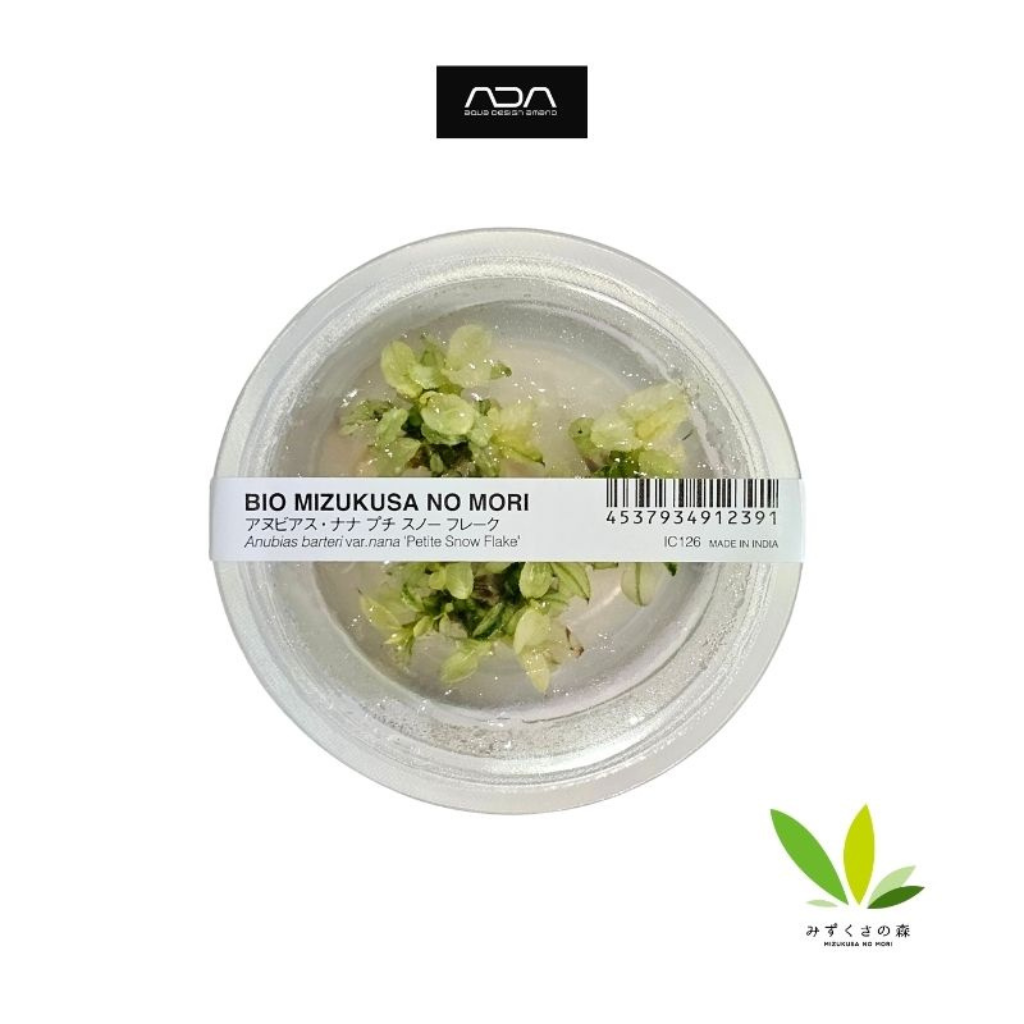

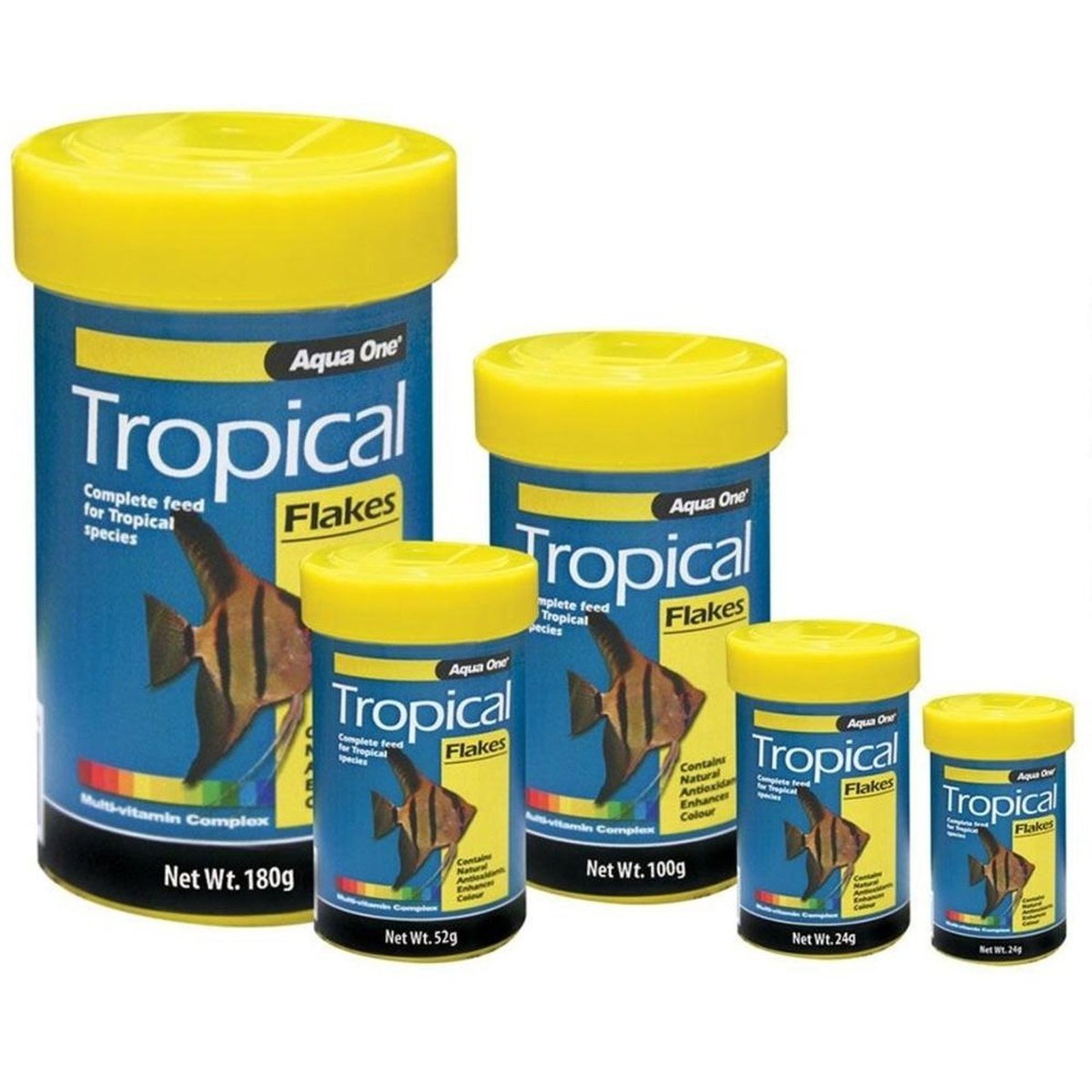
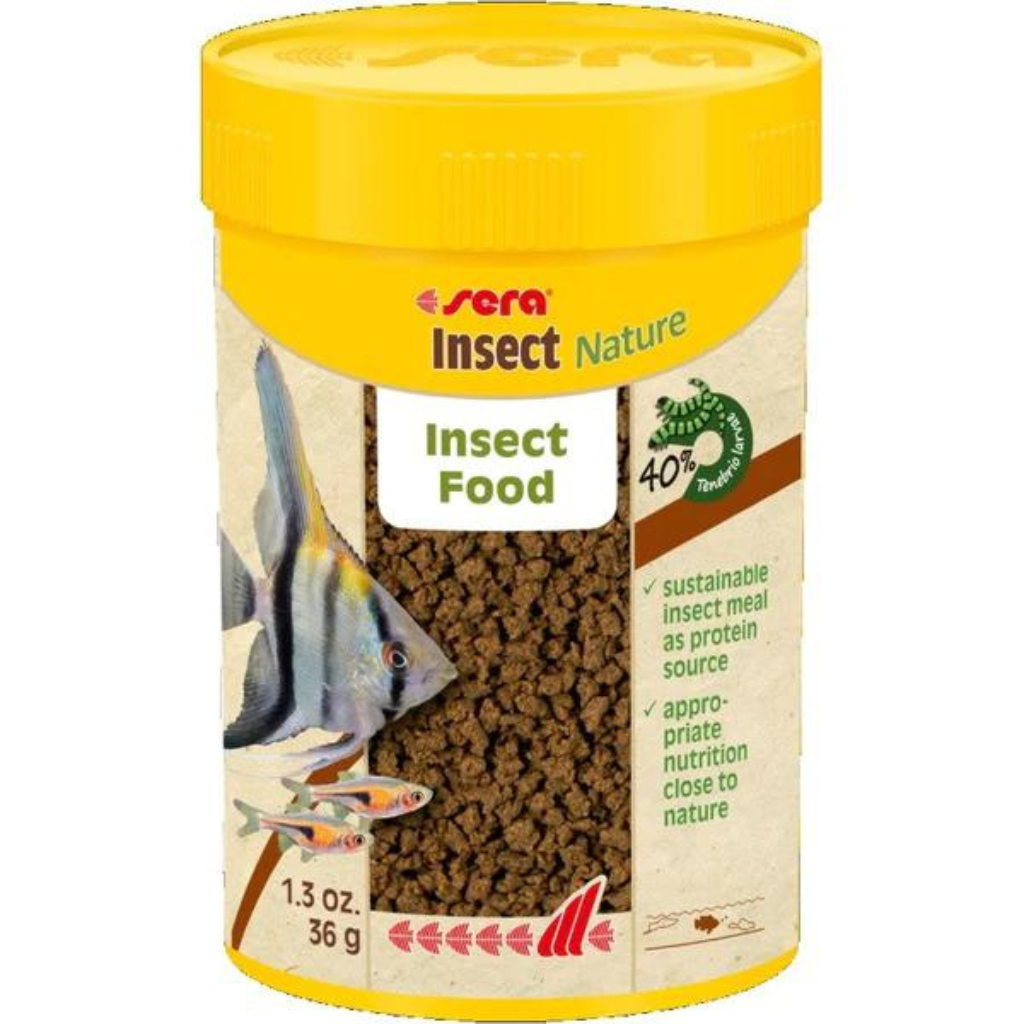
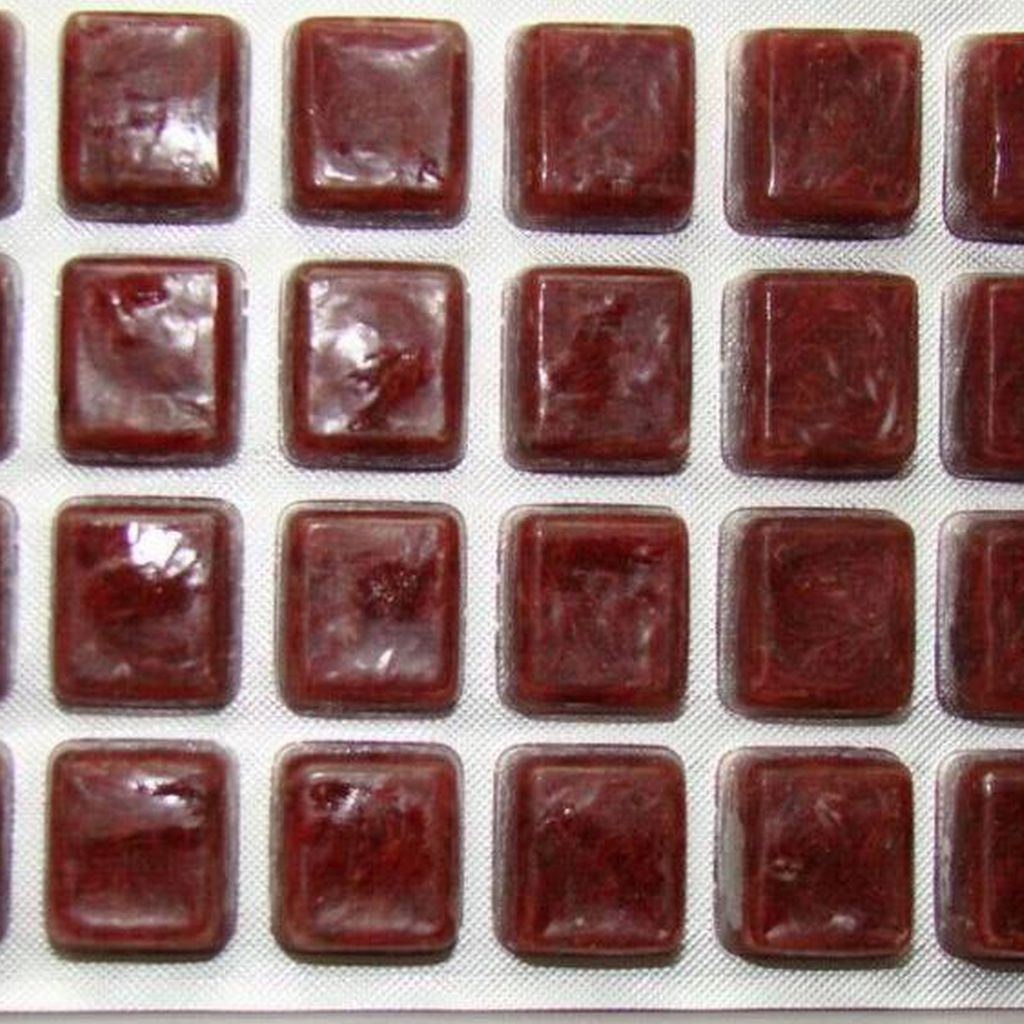





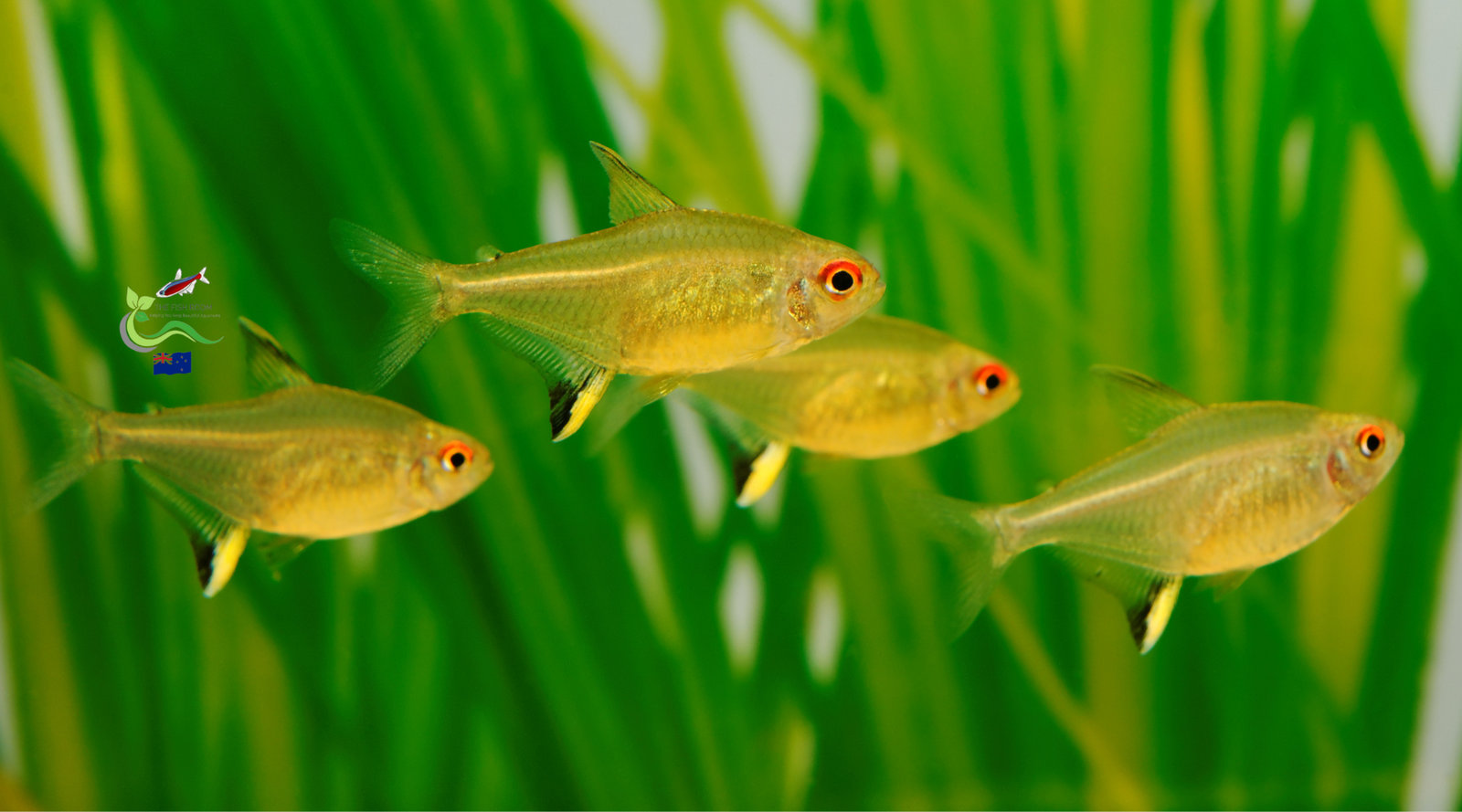
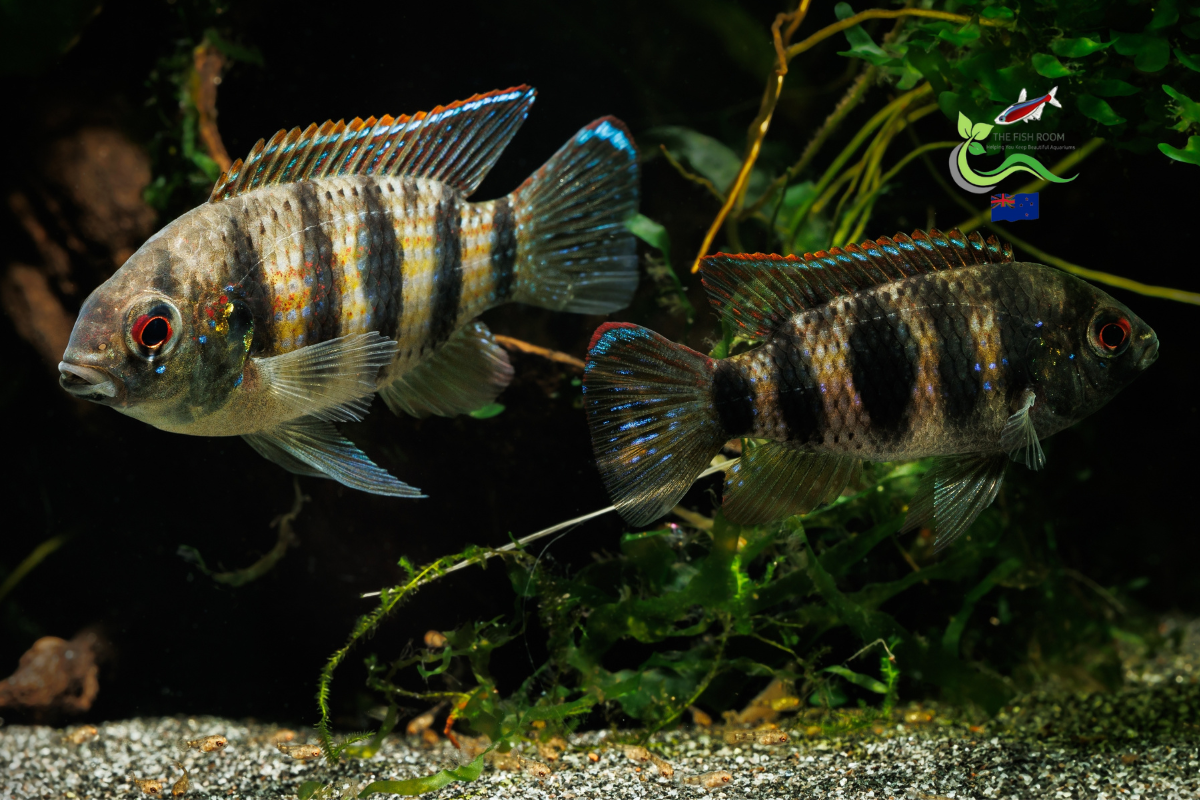
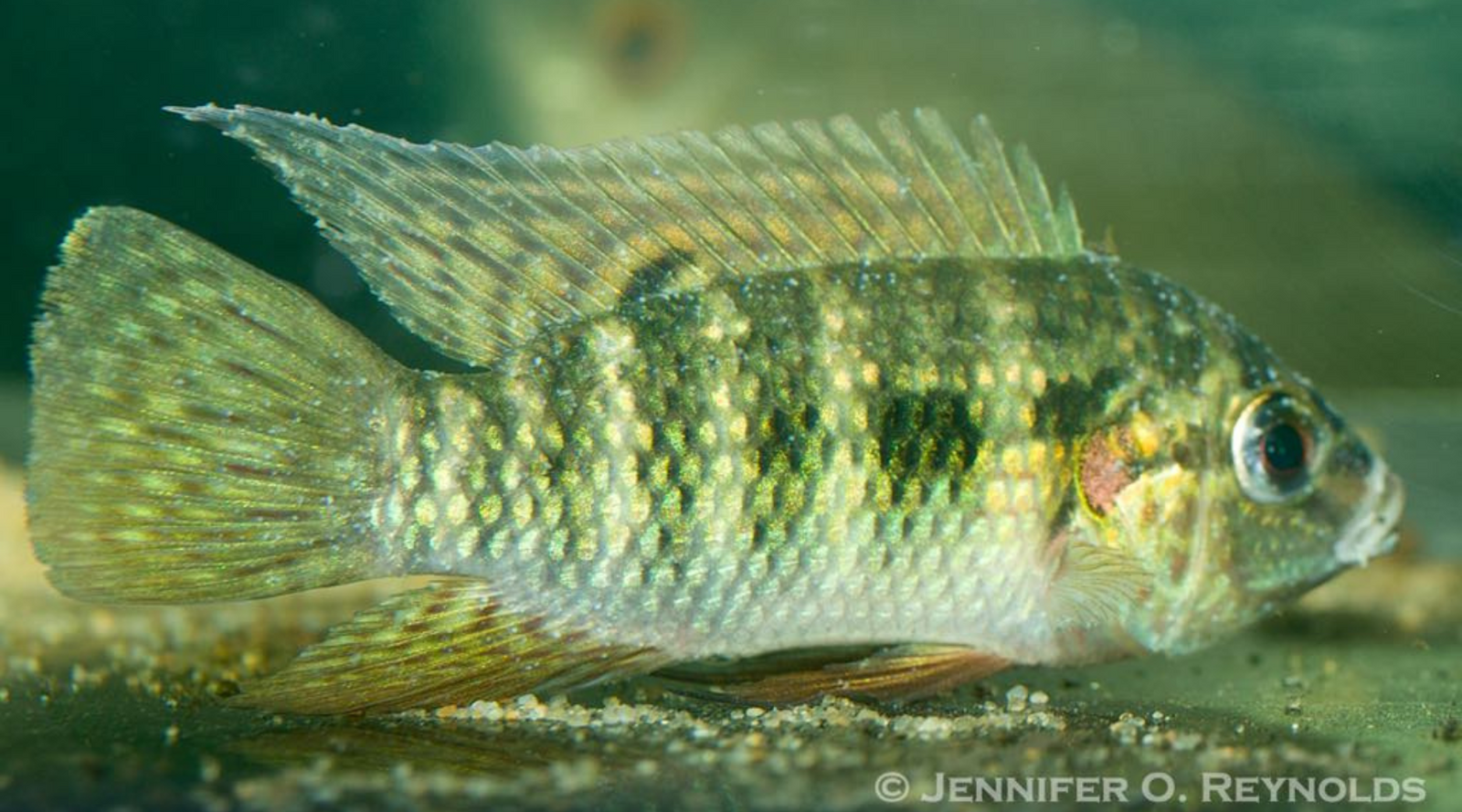
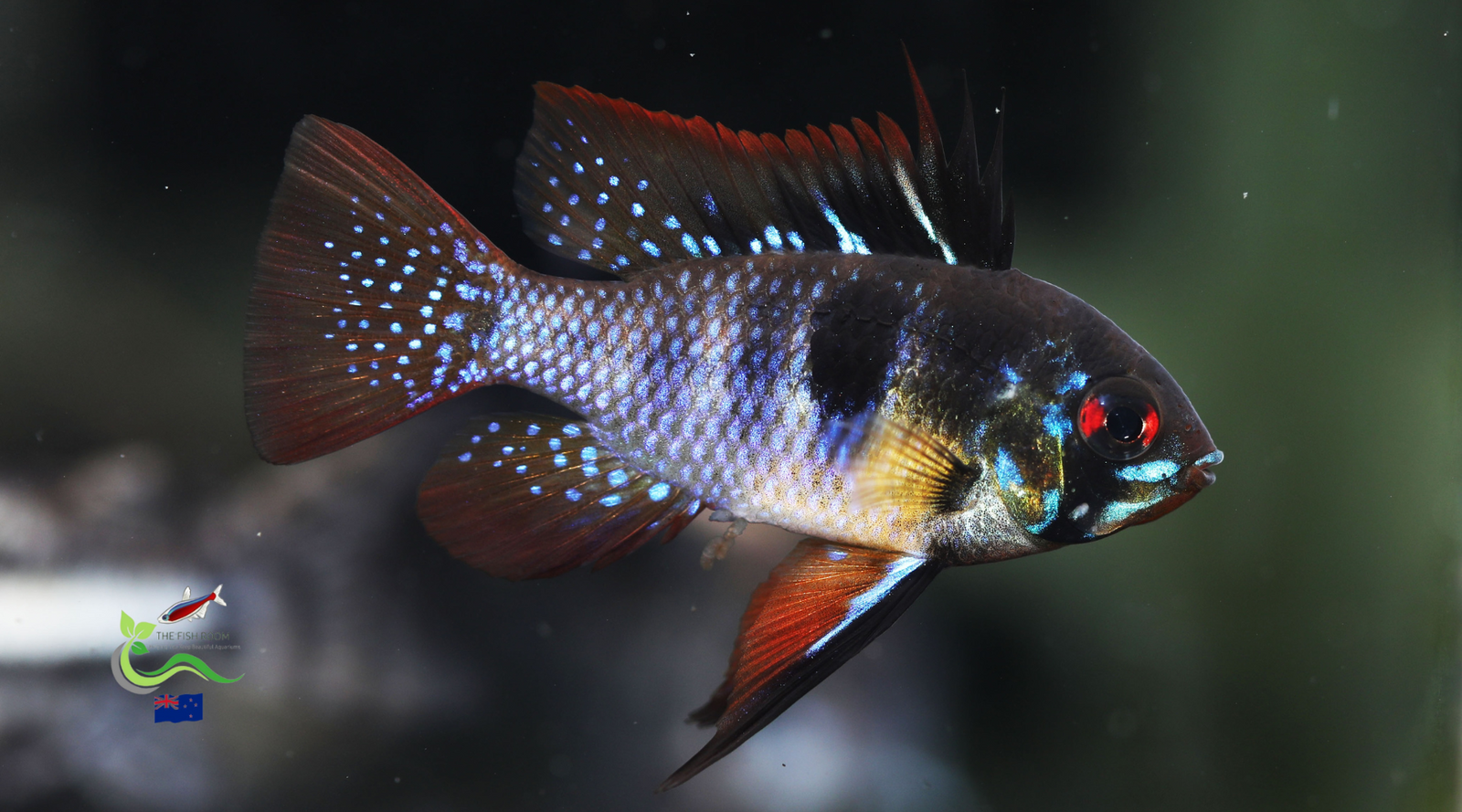
Jennifer Abraham
March 24, 2025
I had 14 lemon tetras for about a week and they spawned. I now have at least 26 lemon tetras from multiple spawns after 7 weeks!
Hopefully they will find a balance, or I will have to look at exit strategies for the OGs.